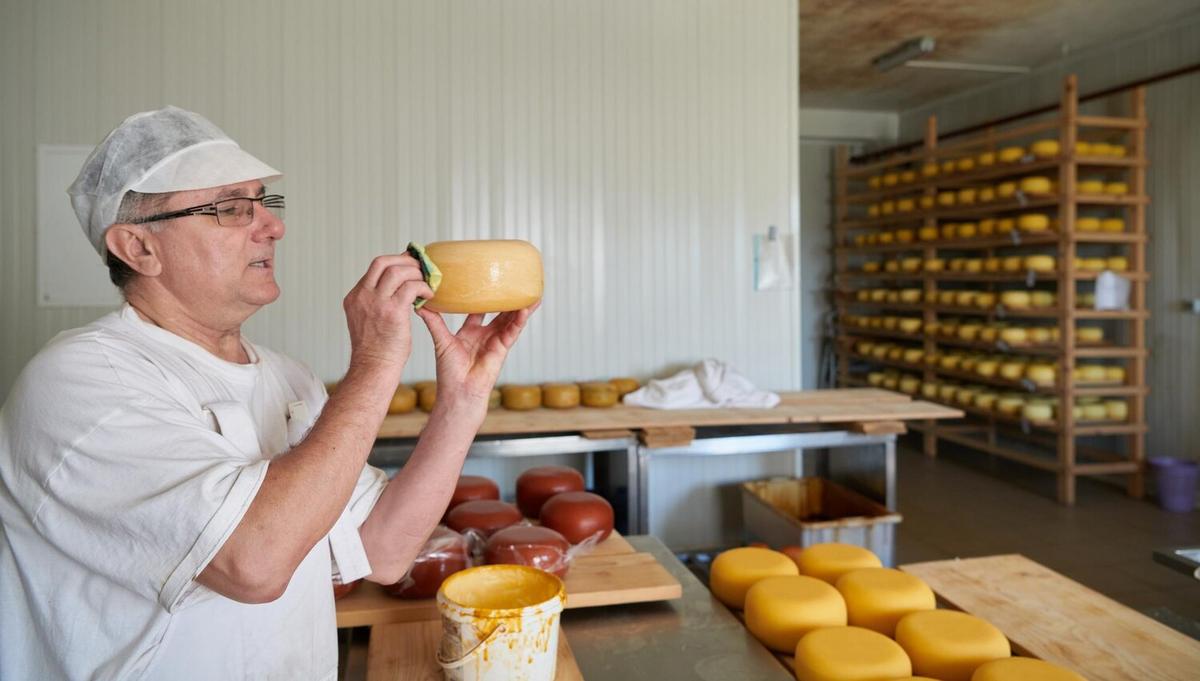Cheese, a beloved culinary delight, offers a rich tapestry of flavors and textures that reflect the diverse cultures from which they originate. This exploration into artisan cheeses delves into the intricacies of cheesemaking traditions across the globe, revealing the artistry and passion behind each unique creation.
Artisan cheeses are celebrated for their unique flavors and the craftsmanship involved in their production. These cheeses are often made using traditional methods passed down through generations, highlighting the cultural heritage of their regions. According to the International Dairy Federation, there are over 1,000 different types of cheeses produced worldwide, each with its distinct characteristics.
The Craft of Cheesemaking
Cheesemaking is an ancient art that requires skill and precision. Experts like renowned cheesemonger Will Studd emphasize that the quality of artisan cheese depends heavily on the milk’s origin and the cheesemaker’s expertise. The process involves various stages, including curdling, cutting, cooking, draining, and aging, each contributing to the final product’s unique flavor profile.
Global Cheesemaking Traditions
| Country | Cheese Type | Description |
|---|---|---|
| France | Camembert | A soft, creamy cheese with a white, bloomy rind. |
| Italy | Parmigiano-Reggiano | A hard, granular cheese with a rich, nutty flavor. |
| Switzerland | Gruyère | A sweet and slightly salty cheese with a firm texture. |
| Spain | Manchego | Aged cheese made from sheep’s milk, known for its distinct flavor. |
| Greece | Feta | A brined curd cheese with a tangy and salty taste. |
| United Kingdom | Stilton | A blue cheese with a rich and creamy consistency. |
| Netherlands | Gouda | A mild, yellow cheese made from cow’s milk. |
| United States | Colby | A semi-hard cheese with a mild flavor and smooth texture. |
Expert Insights and Personal Experiences
Many cheese enthusiasts have shared their personal experiences with discovering new cheese varieties. For instance, visiting a local farmer’s market can be an eye-opening experience, where one can sample cheeses directly from the producers. Cheese expert and author, Janet Fletcher, often highlights the importance of understanding the terroir—the geographical factors that affect the cheese’s character—and how it influences flavor.
Exploring Artisan Cheeses
To truly appreciate artisan cheeses, it is beneficial to taste them in their natural setting. Many cheese enthusiasts recommend visiting local cheese shops or farms to experience the flavors firsthand. Engaging with cheesemakers can provide valuable insights into the production process and the passion that goes into each wheel.
FAQs
What makes a cheese ‘artisan’?
Artisan cheeses are typically handcrafted in small batches using traditional methods and high-quality ingredients.
How should I store my artisan cheese?
It is best to store cheese in a cool, humid environment, wrapped in wax or parchment paper to maintain freshness.
Can I pair artisan cheese with wine?
Yes, many artisan cheeses pair wonderfully with various wines, enhancing the taste experience.
Exploring global cheesemaking traditions offers a window into the world of flavors and techniques that define artisan cheeses. Whether you’re a seasoned cheese lover or new to the world of cheese, embracing different varieties can enrich your culinary journey. Next time you find yourself in a cheese shop, take a moment to savor the diversity and craftsmanship that each cheese represents.




Leave a Reply